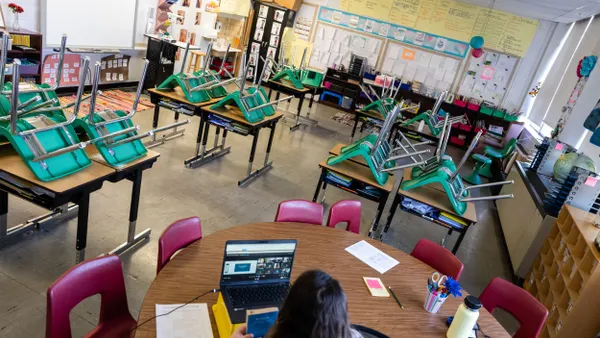The typical charter school student is outperforming their traditional public school peer by a significant margin, according to the 2023 National Charter School Study released Tuesday by Stanford University’s Center for Research on Education Outcomes.
Using a standard benchmark of a 180-day school year, researchers found charter school students have an average of 16 additional days of learning growth in reading and 6 days in math when compared to traditional public school students.
According to the third national charter school study by CREDO since 2009, Black and Hispanic charter students show the largest gains. Multiracial, Native American and White students made similar progress as traditional public school peers in reading, but weaker gains in math. And Asian student performance in charter schools is about level with traditional public school peers.
Additionally, English learners and students living in poverty showed stronger growth than their traditional public school peers, while students who received special education services had markedly weaker performance in charters.
The study examined year-to-year academic progress from 2015-2019 in 6,802 charters in 29 states, the District of Columbia and New York City.
The results come as schools nationwide continue working to overcome learning gaps widened by the COVID-19 pandemic. "More than ever before, educators and policymakers need reliable examples of strong student learning that they can emulate to make up for past shortfalls," Margaret Raymond, director of CREDO at Stanford University, said in a press release.
Overall, researchers found 36% of charter school students showed stronger growth than traditional public school peers, 47% made similar progress and 17% were weaker. Among those affiliated with a charter management organization, results were slightly stronger: 43% showed stronger growth, 42% were similar and 15% were weaker.
Charters in the Northeast saw the largest learning gains in reading and math compared to traditional public schools, with New York state and Rhode Island leading the pack in both subjects. In Rhode Island, charter students had an additional 90 days of reading gains and 88 days in math. New York state charter students had an additional 75 days of reading growth and 73 days in math.
Oregon was the only state where charter school students had weaker reading growth than traditional public school peers. In math, three states — Indiana, Ohio and Oregon — showed weaker math growth among charter students.













